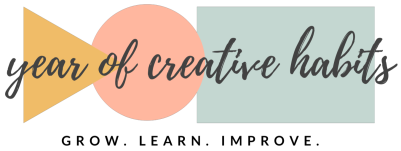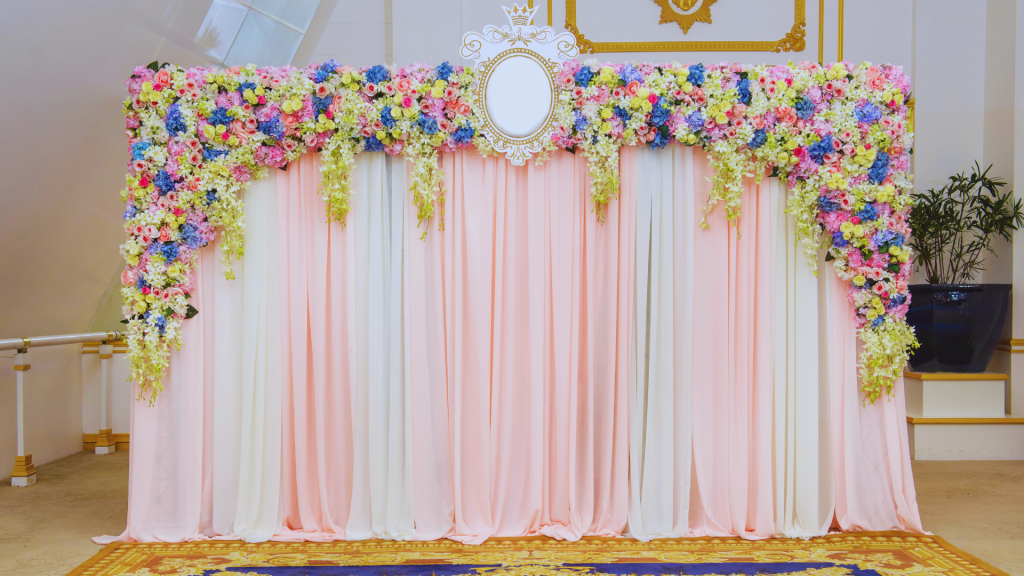Creating a captivating backdrop can elevate any photography project, whether it’s for portraits, product shots, or special events. DIY photography backdrops not only save money but also allow for customization that reflects personal style. With a little creativity and the right materials, anyone can set up a stunning scene that enhances their photos.
Using affordable materials such as fabric, paper, or even painted boards opens up a world of possibilities. They can be easily sourced and transformed into the desired look, from timeless elegance to vibrant and playful themes. These backdrops can be lightweight and portable, making them perfect for both studio use and outdoor sessions.
By learning various DIY techniques, photographers can experiment and adapt backdrops for different styles and settings. This flexibility not only showcases unique artistic visions but also helps in developing a distinct brand aesthetic.
Understanding Photography Backdrop Basics
Photography backdrops play a critical role in establishing the mood and context of a shoot. They come in various types and materials, each suited for different environments and photographic needs.
Backdrop Types and Their Uses
Backdrops can be categorized into several types, each serving unique purposes:
- Canvas Backdrop: Durable and often textured, they provide a professional touch. Ideal for portrait photography, canvas backdrops can handle multiple uses without showing wear.
- Fabric Backdrop: Versatile and lightweight, fabric options include muslin and polyester. They are easy to transport and set up, making them perfect for both studio and on-location shoots.
- Paper Backdrop: Cost-effective and available in many colors, paper backdrops offer a smooth surface. They are commonly used for product photography, although they can tear easily and may require replacements.
- Professional Backdrop: High-end options often include painted and printed designs. They are used by professionals for high-quality images in studios.
Choosing the Right Materials
Selecting the right material hinges on the intended use and budget.
- Durability: Canvas and fabric backdrops last longer and withstand repeated use, while paper is more suitable for one-time events.
- Setup: Lightweight fabrics are easier to hang and manipulate, benefiting photographers who frequently change locations.
- Color and Texture: The choice of color can affect the mood. Neutral colors work well for portraits, while bold hues are suited to fashion and creative shoots.
- Maintenance: Fabric can often be washed, while paper must be replaced if damaged.
Evaluating these factors ensures the chosen backdrop complements the photographic vision effectively.
Creating DIY Backdrops
Creating unique DIY backdrops enhances photography sessions. These projects often use accessible materials like canvas, balloons, and lights. By applying specific techniques, anyone can elevate their photo shoots with personalized touches.
DIY Painted Canvas Techniques
A painted canvas backdrop is versatile and offers various customization options. Start by selecting a canvas size suitable for the intended use, typically at least 5×7 feet for full-body shots.
Materials needed:
- Canvas
- Acrylic paints
- Brushes or sponges
Choose a color palette that matches the theme of the shoot. Techniques like ombre or splatter can create visually interesting effects. Using a large brush or sponge helps apply paint smoothly, ensuring even coverage.
Allow the backdrop to dry completely before use. For added interest, consider incorporating stencils or doilies to create textured patterns or designs.
Building a Balloon Wall
A balloon wall is dynamic and adds a fun element to photos. To construct one, gather a mix of balloons in different sizes and colors.
Steps to create a balloon wall:
- Inflate balloons using a pump.
- Prepare a base with cardboard or a large sheet of plastic.
- Attach balloons using tape or a glue dot for secure placement.
Arrange the balloons in a visually appealing pattern, varying sizes and colors. This creates depth and character in the backdrop. Optionally, integrate fairy lights within the balloon arrangement for added brilliance, especially during evening shoots.
Crafting with Tissue and Fairy Lights
Combining tissue paper and fairy lights creates a soft, dreamy backdrop. This option is lightweight and simple to assemble.
Materials to gather:
- Ombre tissue paper
- Fairy lights
- Scissors
- String or adhesive
Cut the tissue paper into strips and layer them for an ombre effect. Secure the layers to a wall or background using string or adhesive. Drape fairy lights across or behind the tissue for a glowing effect when lit.
This backdrop is ideal for portraits and can easily be customized by changing colors or adding different textures to suit the theme of the shoot.
Enhancing Your Backdrops
To create visually appealing photography backdrops, incorporating lighting, textures, and customization is crucial. These elements can elevate the backdrop and tailor it to specific photography needs.
Adding Lights and Textures
Proper lighting can dramatically change the appearance of a backdrop. A combination of natural light and artificial sources helps achieve depth and highlights. Softboxes or ring lights can provide even illumination, reducing harsh shadows.
Textures can be introduced through materials like wrapping paper or fabric. Layering different textures, such as burlap or chiffon, adds visual interest. Streamers can also create unique patterns when hung, enhancing the backdrop’s dynamics. Experimenting with textures and lighting achieves diverse effects conducive to various photography types.
Customizing for Different Photography Types
Customization is essential for different photography genres, ensuring the backdrop aligns with the subject matter. For food photography, neutral or vibrant backdrops can elevate the food’s colors, creating appetizing visuals. Light-colored backdrops often work best to present food attractively.
In family photos, using cheerful and playful elements helps capture emotions. Customization may involve adding personal touches, such as family colors or themes. Adjusting the backdrop according to the specific purpose ensures it enhances the intended mood and focus of the photograph.
Post-Processing and Finishing Touches
Post-processing can further enhance the backdrop’s appearance. Software like Adobe Photoshop allows for color adjustments and adding textures digitally. Editing tools can remove unwanted elements and improve overall composition.
Final touches include ensuring the backdrop is wrinkle-free and properly secured. Attention to detail in presentation enhances professionalism in photos. Slight adjustments in the backdrop’s position can also refine the angle and perspective, ultimately improving the final image quality.

